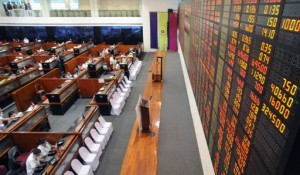Due to slower gross domestic product (GDP) growth in the first half, economic managers on Tuesday cut the target range for 2018 to 6.5-6.9 percent even as they unveiled strategies to boost economic expansion in the near term.
The Cabinet-level Development Budget Coordination Committee (DBCC) slashed this year’s GDP growth goal from 7-8 percent previously, but kept the range for 2019 to 2022, Budget Secretary and DBCC chair Benjamin E. Diokno told a press conference.
While GDP growth averaged 6.3 percent in the first half—below the new target range—Socioeconomic Planning Secretary Ernesto M. Pernia said the economic team remained optimistic that the goal could still be achieved, “with a lot of prayers and given the measures we are pushing for.”
Diokno said the DBCC proposed key strategies aimed at spurring economic growth from both the demand and supply sides.
Demand-side strategies include the following: Increasing household consumption with rice tariffication that will lower rice prices; TRAIN’s (Tax Reform for Acceleration and Inclusion Act) social mitigating measures, and policy interventions in the education and labor sectors toward generating more decent, productive and quality employment that provides adequate income for Filipino workers and their families; encouraging more investments by accelerating the infrastructure program; reducing the corporate income tax rate as proposed in the second package of the Comprehensive Tax Reform Program; reducing foreign investment restrictions and the cost of doing business, and boosting exports with the full implementation of the Export Development Plan and exploring additional trade and economic agreements, Diokno said.
Also, the supply-side strategies will involve agricultural development through high-value crops, increased access to innovative technologies, and intensified credit programs; investments in the capacity and technology of manufacturing; innovation in and timely implementation of construction projects; housing programs; energy security; the entry of new telecommunications firms and the consequent improvement in national broadband; sustainable tourism; and the completion and dissemination of master plans relating to transport, water and sanitation, and other areas, Diokno added.
“We are confident that these measures of the Duterte administration will propel the economic growth of Philippines into the GDP growth target range, enable the economy to attain upper middle-income status, with gross national income per capita of $4,000, by end-2019 and reduce poverty from 21.6 percent in 2015 to 14 percent in 2022,” according to Diokno.


